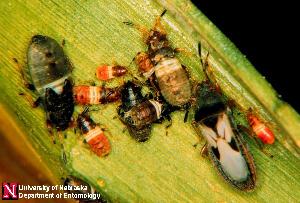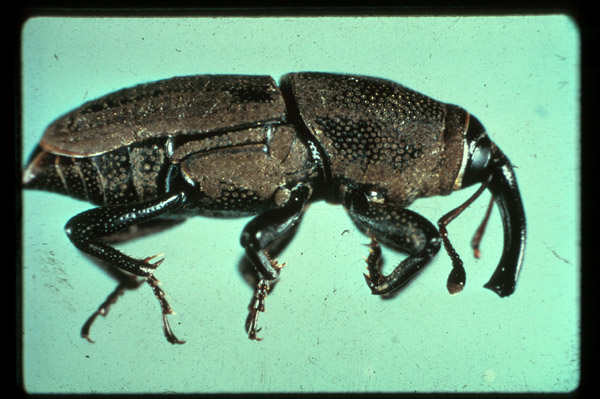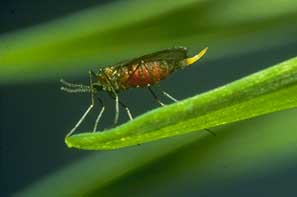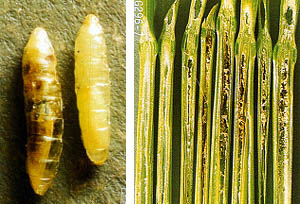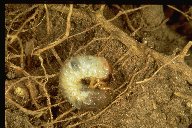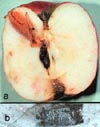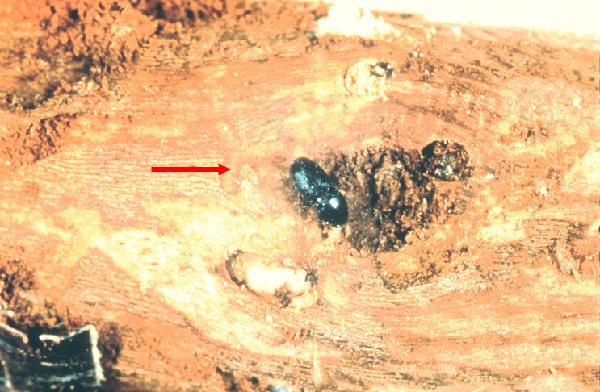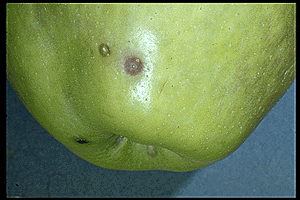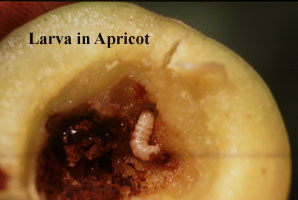Plants and Insect Pests
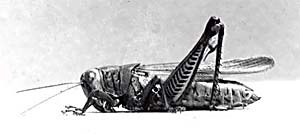
Frank Sadorus
Black and white Photograph, circa 1912
ISM Collection
Where there are agricultural plants, there are insects. Until the 1930s, it was expensive and difficult if not impossible to fight all the insects that attacked cereals, forage crops, fruit orchards, vegetable gardens, and trees.
Science
Stephen Forbes, born on the Illinois prairie, grew up to become one of the first ecologists. During his career, he worked for the Natural History Survey (president) and the University that would later become the University of Illinois at Champaign. In 1883, he talked about the insect pests of the corn plant:
"Every part of the plant, at every stage of its growth, from its cradle in the earth to its grave in the granary, is regularly taxed to support a ring of plunderers who have fastened themselves upon it, draining its life and appropriating its substances."
Methods of Control
Before the age of chemical pesticides, farmers used other methods to control insects. One method was crop rotation. A crop of wheat was followed by a crop of beans, then another crop of wheat. Skipping a year would lower the number of wheat pests in the area for the next crop.
 Listen to Grey Herndon, who grew up on a farm near Springfield, talk about the chinch bug menace of the 1890s.
Listen to Grey Herndon, who grew up on a farm near Springfield, talk about the chinch bug menace of the 1890s. ![]() Herbert Aikman also talks about chinch bug control.
Herbert Aikman also talks about chinch bug control.
Beans were sometimes allowed to or encouraged to grow among other crops because their shade and increased moisture deterred insects.
Another method was to plow or harrow the soil and plant debris in the fall. It killed or buried many insects, as did the clearing of the fields of rotten plant material and weeds.
The timing of planting was important. If grains were sown and started to grow before insects came out, they had a healthy head start.
Some of the insects that were major pests during the 1880-1930 period were, according to Robert Croker's biography of Stephen Forbes:
